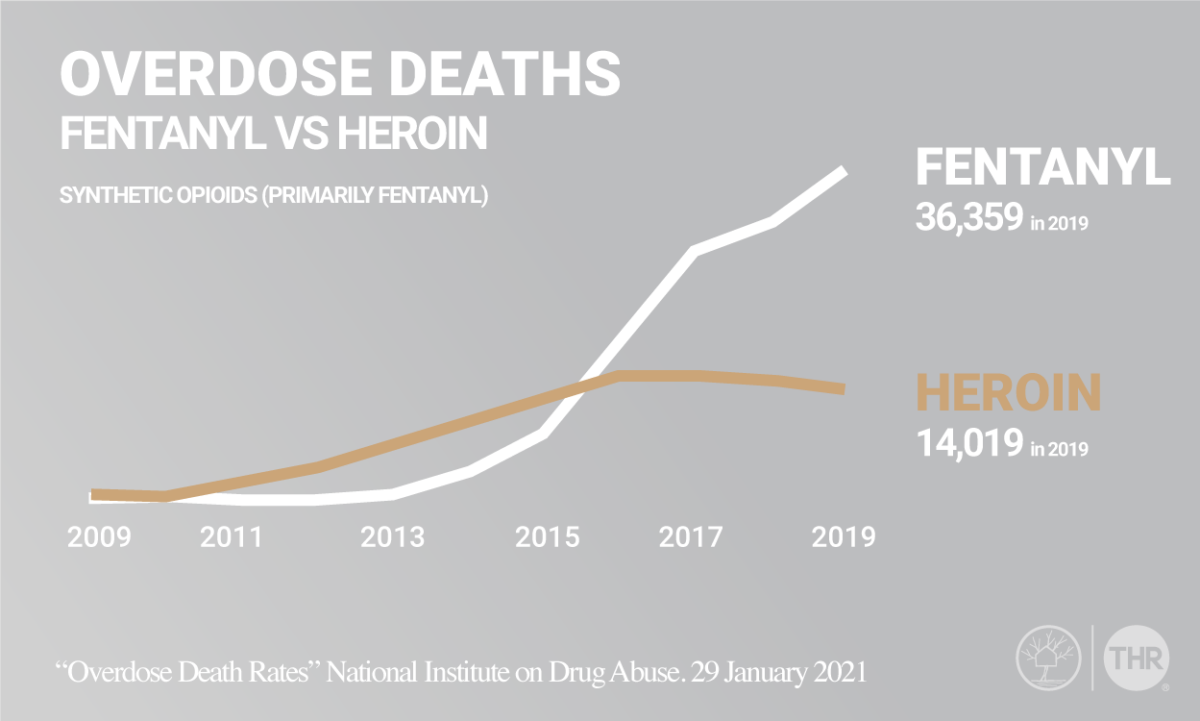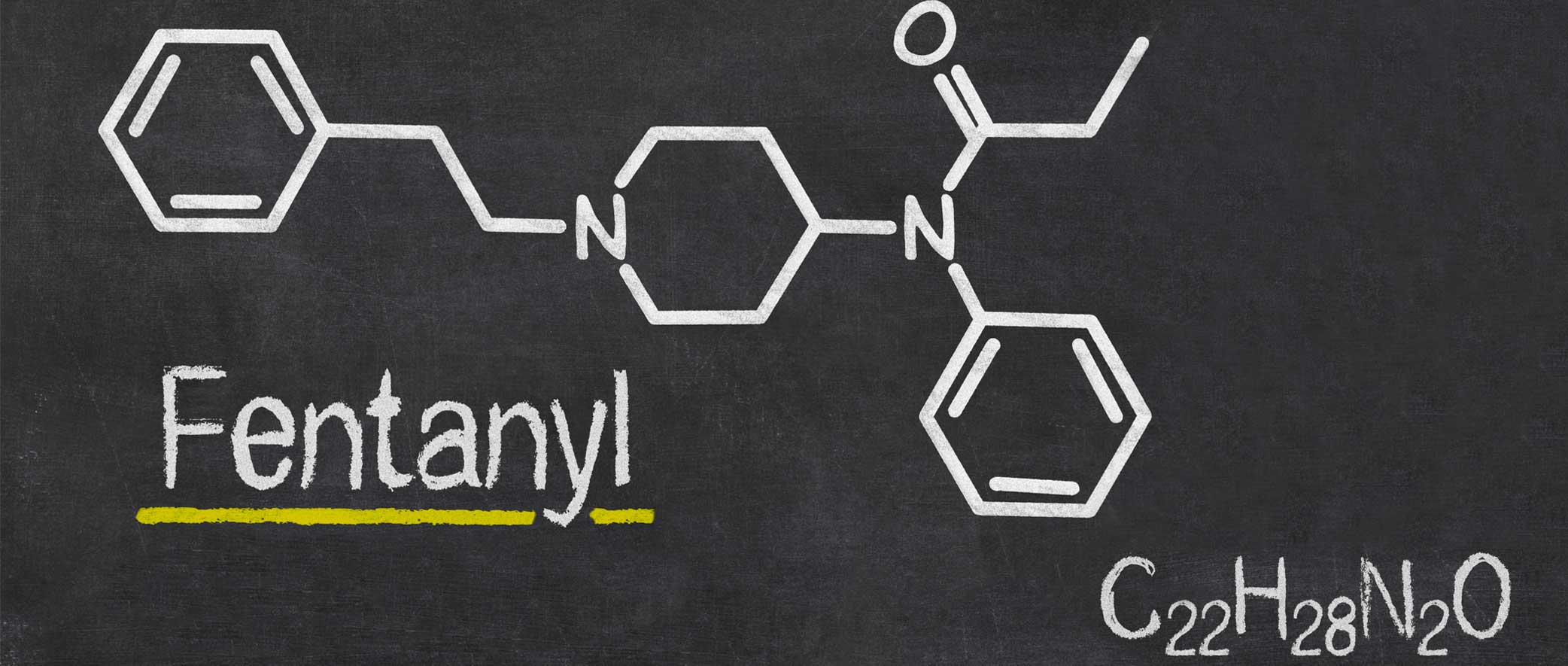
Fentanyl Use Disorder:
Fentanyl abuse is the misuse of prescribed or recreational fentanyl. It is an ongoing and re-occurring brain disorder. People who abuse fentanyl often abuse other substances as well.
What is Fentanyl?
Fentanyl is a man-made pain killer (opioid) developed to manage pain for people with a high tolerance to opioids.
Fentanyl is one of the most potent opioids available — roughly 50 times stronger than heroin. It is usually prescribed to people with cancer, post surgery, or other crippling pain.
Because of its potency, fentanyl is very dangerous. It causes more overdose deaths per year than any other drug. As of 2021, it is the number 1 cause of death for people 18-45.
Fentanyl Legal Status and Drug Classification:
-
- Legal Status: Fentanyl is a Schedule II narcotic [1].Schedule II narcotics have medical use, but have high abuse potential.
- Fentanyl Drug Classification: Narcotic Analgesic [2].
Where Does Fentanyl Come From?
Dr. Paul Janssen created fentanyl in 1959 for the management of severe pain. Fentanyl was intended for people who'd used opioids for so long that they no longer worked effectively for pain management.
As a drug, fentanyl's origins can be traced to the opium poppy plant. The sap of the plant can be used to make morphine which can be distilled into morphine. Morphine can be refined into heroin, which can be synthetically altered to make fentanyl.
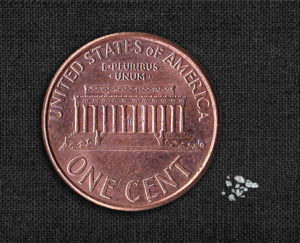
Fentanyl is the most powerful opioid available. It's 50x stronger than heroin and 100x stronger than morphine [1] [2].
Fentanyl Video:
How is Fentanyl Used?:
People with a legal prescription can use fentanyl three ways:
- Injection
- Absorbed through the skin
- Dissolved under the tongue
Illegal fentanyl use is often more crude. The most common way to use it is smoking it in powder form. Other methods to use illegal fentanyl are:
- Injection
- Eye droppers
- Orally as pills
- Nasal sprays
People can also be exposed to fentanyl without realizing it. Since fentanyl is cheap to make, dealers sometimes mix it into other substances to increase their profits. Fentanyl is also sometimes pressed into pills that look like other drugs, like meth, ecstasy, or benzodiazepines then sold as those drugs.
READ MORE: What Does Fentanyl Look Like?
Dangers of Fentanyl:
Fentanyl is dangerous because of how strong it is. Because it’s 50 times stronger than heroin, 5 mg of fentanyl (less than 10 grains of salt) is enough to cause trouble breathing and possible overdose.
Another danger is when people combine fentanyl with uppers like meth or cocaine to make speedballs (a downer mixed with an upper). When people do this, they will often use more of each to “counteract” one another. However, if one wears off too soon a person can have a delayed overdose.
Fentanyl Overdose Rates
Synthetic opioids are the leading cause of overdose deaths in the United States. In 2019, fentanyl overdose deaths jumped to nearly 40,000 compared to the previous year — making fentanyl responsible for 71% of 2019’s overdose deaths.
Fentanyl vs Heroin Overdose Graph:
Signs of Fentanyl Abuse
Physical Signs:
The signs of fentanyl use are similar to the signs of other pain killers or opioids. The easiest way to spot them is by looking for small pupils, drowsiness at odd times, and withdrawal side effects.
Behavioral Effects of Fentanyl:
- Euphoria
- Loss of energy
- Low appetite
- Mood swings
- Memory problems
- Dozing off
- Confusion
Side Effects of Fentanyl Withdrawal:
- Insomnia
- Dizziness
- Nausea
- Anxiety
- Drowsiness
- Difficulty urinating
- Vomiting
- Sweating
- Trouble breathing
- Fever
- Muscle Aches
Fentanyl Names
Fentanyl is an illegal substance so people often don’t talk about it freely. Instead they often refer to it by street names. If you hear someone using these names it could indicate fentanyl abuse.
Fentanyl Street Names
- China Girl
- Apace
- Fetti
- China White
- Goodfella
- Murder 8
- He-Man
- Dance Fever
- TNT
- Tango and Cash
- Poison
- Great Bear
Fentanyl Brand Names
- Actiq® “lollipops” oral lozenges
- Sublimaze® Injection
- Lazanda® nasal spray
- Duragesic® fentanyl patch
- Subsys™ sublingual spray
- Abstral® sublingual tablet®
Treatment for Fentanyl Use Disorder:
Treating fentanyl use is a 3-4 step process. For some people who don’t realize they have an addiction, treatment begins with an intervention. Next is a medically supervised fentanyl detox, rehab, and an effective aftercare plan.
1. Intervention:
Sometimes people don’t realize their fentanyl use is a problem. When that’s the case, they might need their loved ones to help them realize why they need help. This process is delicate but can be the difference between life and death.
2. Detox:
Detox is about ending physical withdrawal symptoms to fentanyl. During a medical detox, doctors create tapers to help ease people off fentanyl more comfortably so that they experience fewer fentanyl withdrawal symptoms.
3. Rehab:
Inpatient care:
Inpatient care is designed for people with complications after detox or who are struggling with addiction and other mental health problems that require medicines and oversight. During inpatient care, patients live in a medical facility where they receive 24-hour care.
Partial Hospitalization Care:
Provides a sober living residence within the facility, 24-hour care, and a variety of treatment programs such as counseling, group therapy, coping skills, and relapse prevention.
The best rehab facilities address the root cause of addiction by focusing on three key areas:
- Biological Health: Effective rehab clinics have a fitness component
- Mental Health: Self-understanding, resolving internal conflict, and dealing with trauma are vital for long term success.
- Social Health: Building strong healthy relationships and avoiding isolation is an integral part of avoiding relapse.
4. Aftercare:
Good aftercare is crucial for maintaining sobriety after rehab. Aftercare is usually 1-3 days per week and is designed to help you work through triggers and resolve any challenges to your sobriety that occur in everyday life.
All good aftercare focuses on
- Keeping strong connections to supportive peers
- Focusing on physical health
- Making and updating problem solving techniques
Disclaimer:
No content on this website should ever be used as a substitution for direct medical care and advice from qualified physician clinician.
Important info when getting sober:
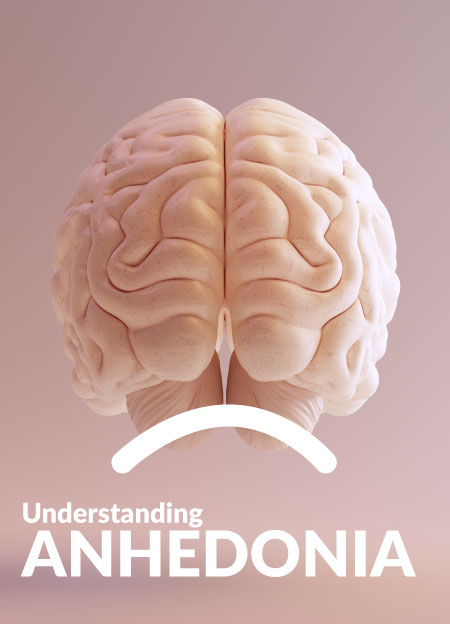
ANHEDONIA | The Feeling of Blahhhh
Do you feel a lack of joy when you do things that should give you pleasure? Lean About Anhedonia in Early Recovery
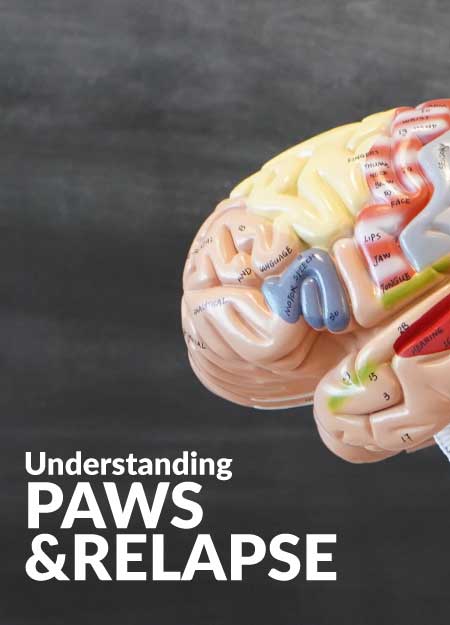
POST ACUTE WITHDRAWAL | PAWS
Got sober and now you feel depressed, irritable and some anxiety? It could be PAWS; a common and temporary condition as your brain and body heal.

